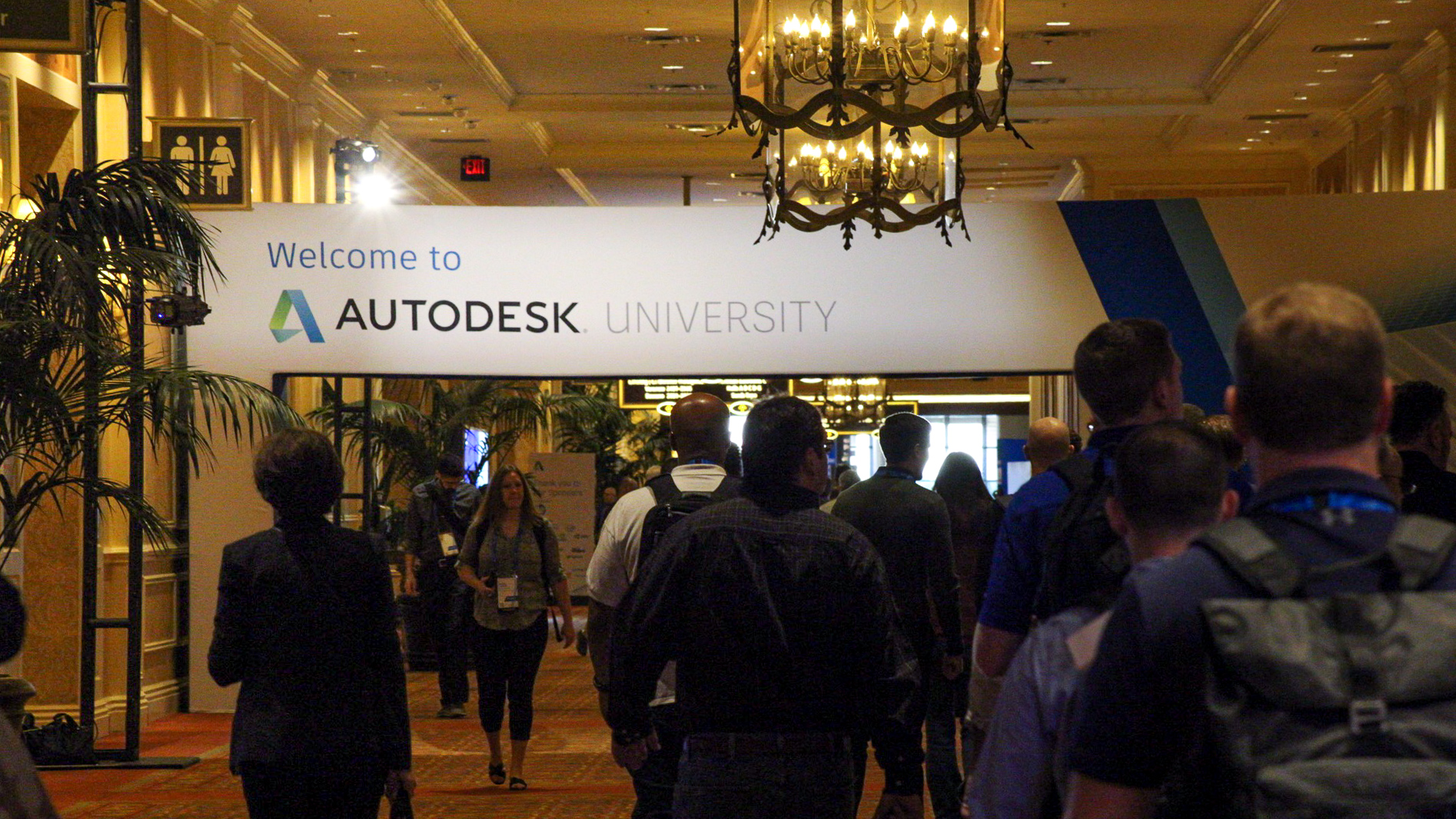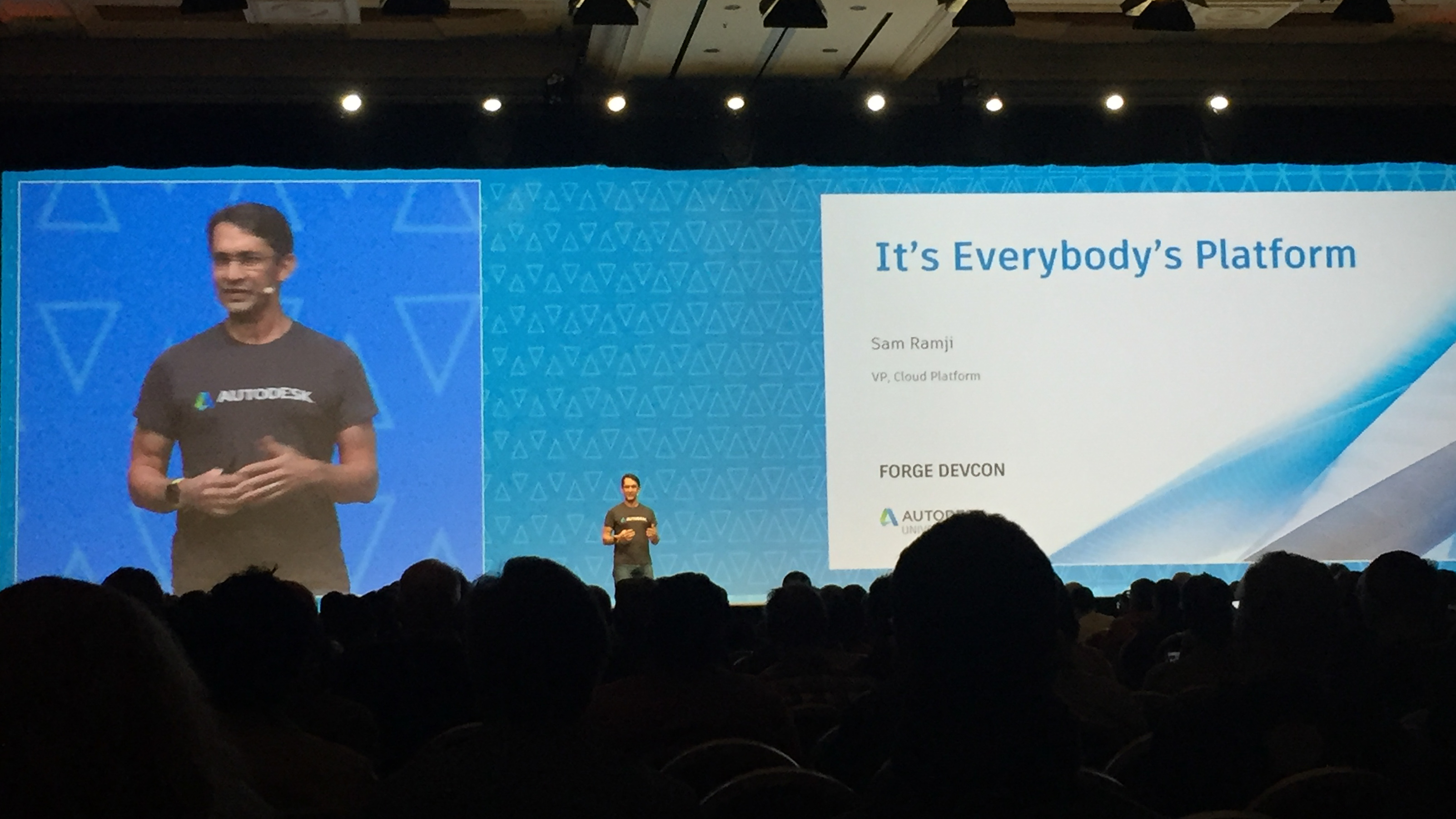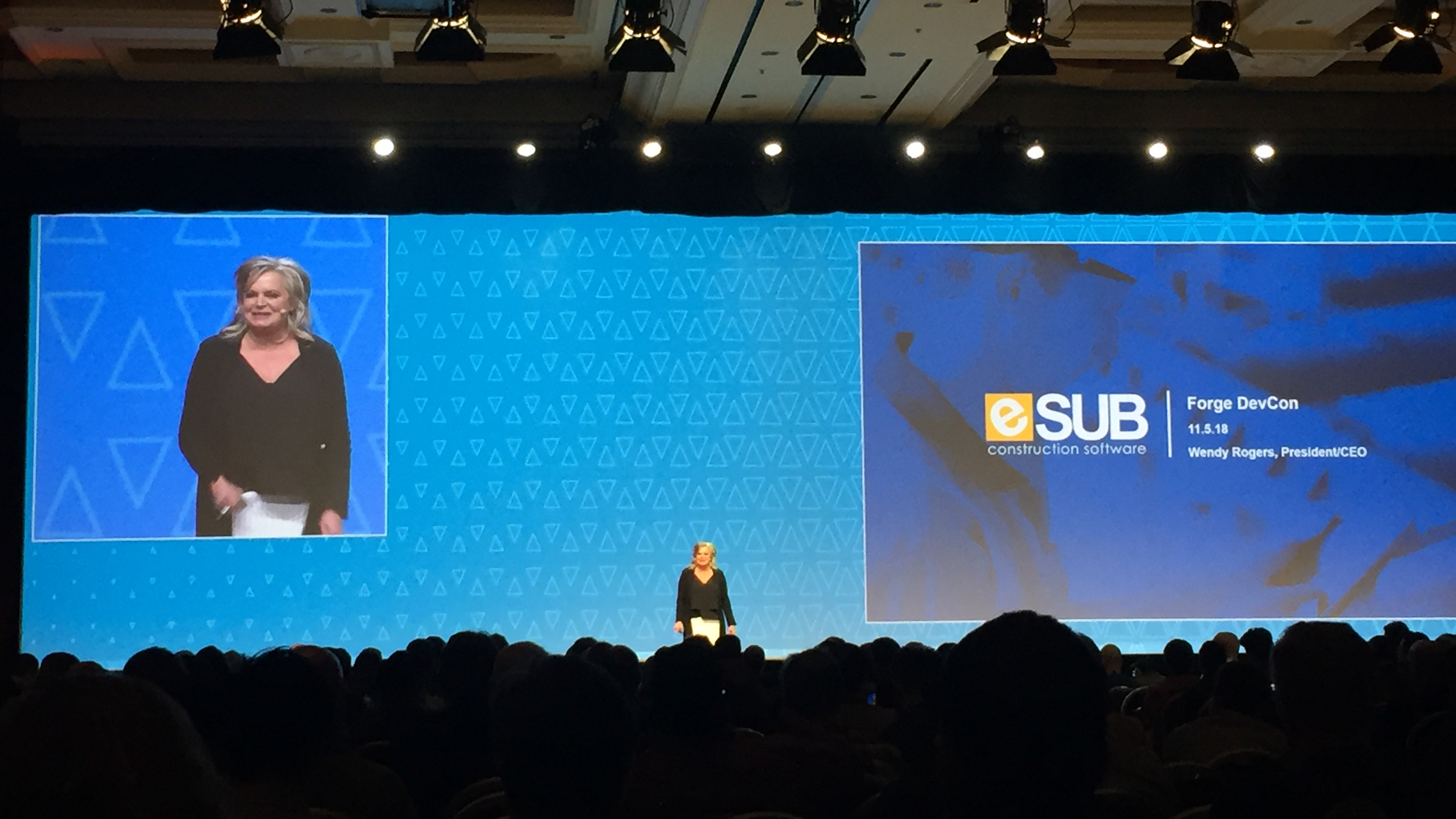
Each year, thousands of professionals in the built industry converge upon Las Vegas for Autodesk University (AU), a massive, sprawling conference focused on the innovations, announcements, integrations, and learning opportunities in the Autodesk ecosystem.
The event attracts upwards of 10,000 attendees each year with a schedule packed full of exciting keynotes, presentations, and demonstrations touching all conceivable corners of the built world. Given Autodesk’s status as one of the largest players in the AEC industry, it is no surprise that some of the industry’s most important news come from this event. This event is the company’s way of brandishing its most exciting announcements and updating its users about the new and exciting ways they can utilize Autodesk products on their projects.
BuiltWorlds jetted Co-Founder Matt Abeles and Journalist Jim Lichtenwalter over to the glittering desert oasis to attend the conference. With a week full of panels, speeches, and demonstrations, we’ll be laying out of key takeaways from each day. Here is what the BuiltWorlds team learned from the initial pre-conference day that kicked off AU:
1. Data needs to move freely
Data really took the center stage during this first day at AU. But this comes at no surprise; many of Autodesk’s programs are predicated on the ease of sharing data--be it plans, blueprints, or job site statistics--between parties. One of the programs most widely implemented for this use is Forge, Autodesk’s cloud-based tools and APIs (application programming interfaces) that make connecting and sharing data easier.
One of the featured events at AU was the Forge Keynote DevCon, which was a series of addresses about the future of the SaaS (software-as-a-service) platform.
In his keynote, Sam Ramji, Vice President of Cloud Platform, expressed hope that data can be utilized to end inefficiencies not only holding the construction industry back but also the entire world at large.

“It’s your applications, your experience, your insights that turn that data into information, that information into knowledge, and that knowledge into wisdom,” he said.
Yet, Ramji noted that the construction industry is rife with inefficiencies. According to him, the built world represents 13 percent of the global GDP, but 30 percent of this $10 trillion is wasted due to the “challenge and complexity of planning, the inefficiencies of workflow, and the failure of data to move.”
Ramji talked about how solutions such as computer automation, machine learning, and prefabrication can only be successful if data is allowed to move “cleanly, freely.” Forge is an answer to this problem of efficient data movement. Ramji noted that the platform is incomplete, and needs the input of users so it can morph into an open source cloud solution and can “support your models, support solvers, support your algorithms...and move us beyond the tasked-based role, into a world of process automation.” He hopes Forge will become a “unified data platform” that has data “consistently available.”
2. New technologies like robotics and automation can help the industry catch up
Like anything else, the built industry needs to continuously evolve. Throughout our first day at AU we saw concrete examples of how the AEC industry is changing.
One way is the use of robotics on the job site. The first day of AU included a panel examining the subject, and how robotics and automation can propel the built space forward, and catch-up to other industries.
“Our industry has been doing things the same way for too long, while other industries surpass us, and robots will be the first step in helping bridge that gap,” said Dr. Negar Kalantar, a researcher and professor at the California College of Arts who specializes in this topic and was the recipient of the 2018 Autodesk Technology Center Grant.
By implementing these technology solutions, the built space can reverse production stagnation that has plagued the industry for years. While many people worry about robotics taking jobs away from actual workers, the panel noted that robotics and automation will only take over the dirty, dangerous, and repetitive jobs.
3. There is a continued need for integrations, partnerships, and connections
2018 was a huge year for integrations, partnerships, and acquisitions in the construction technology space. Throughout the day, Autodesk brought out some of their partners to demonstrate just how important partnerships and integrations are to moving the industry forward.
During the Forge DevCon Keynote, Brian Roepke, Senior Director of Forge Project Management, introduced an Autodesk partner, eSUB, a field operation software for contractors, and brought the company’s CEO and President, Wendy Rogers on stage to address the attendees. eSUB is one of the Forge Fund investment partners and the trade contractor system of record. The company will also be collaborating with the Forge team by “collecting field data, linking it up with business operations, and closing the loop of collaboration.”

During her keynote, Rogers also announced a new heightened partnership with Autodesk, which will include advanced integration with BIM 360, but noted that connection between software is key.
“We have 2,400 technology solutions,” she said. “But the problem with that is that unless we are connecting these solutions, they are not really solving anything. They are just creating a bunch of work.”
There is no need to have 2,400 siloed solutions because that doesn’t help anyone. This collaboration with eSUB is a great showcase of how Autodesk is working with other companies to integrate solutions into the Autodesk platform. This not only helps users but makes the industry an all-around more efficient place.
Stay tuned for more from our week at Autodesk University.


Discussion
Be the first to leave a comment.
You must be a member of the BuiltWorlds community to join the discussion.